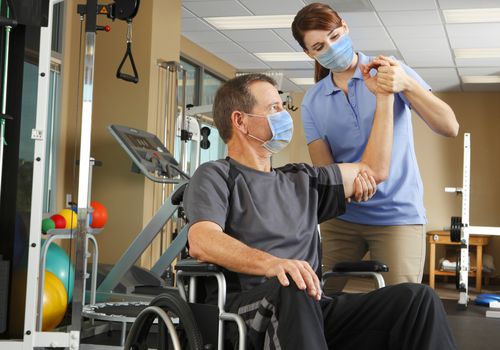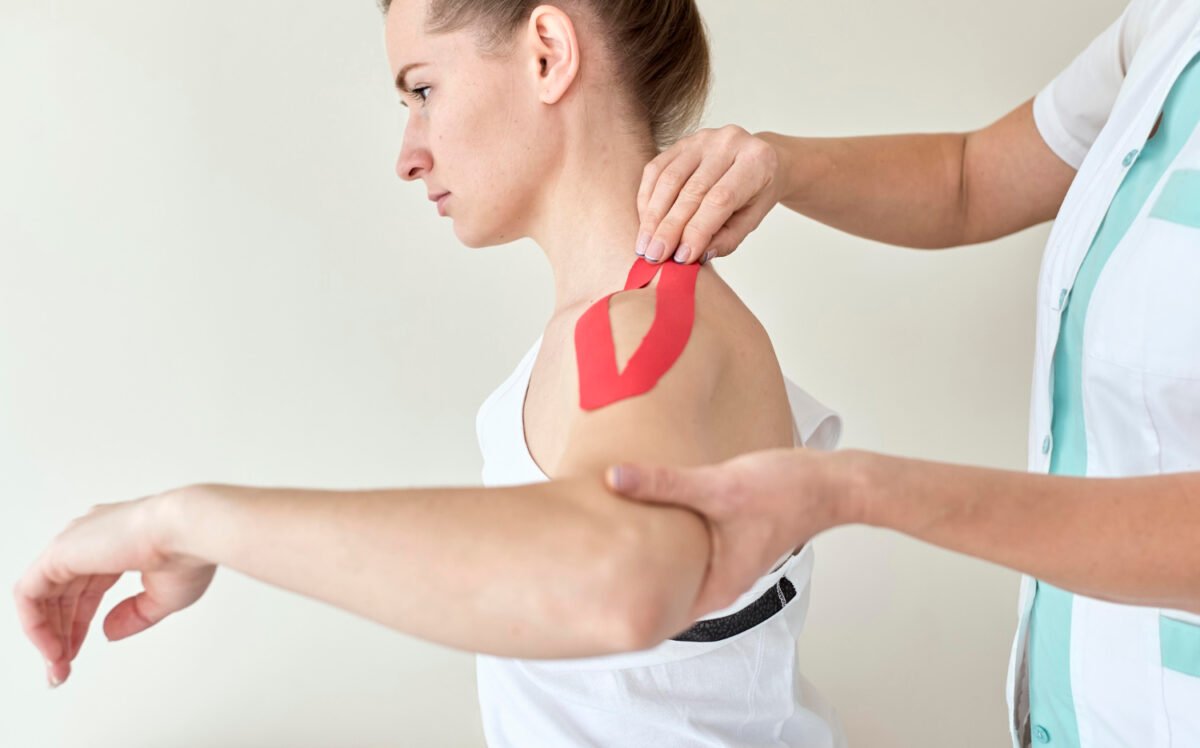A lot of patients recover successfully from deadly COVID-19 disease, but a lot of them also have to face the short/long term effects caused due to the disease. To treat the after-effects of the disease one needs to put in a lot of effort and this is where physiotherapy rehabilitation after COVID-19 is required. These rehabilitation services are offered by certified physiotherapists.
The role of the physiotherapist becomes an integral part of the rehabilitation process for patients with COVID-19 who face challenges with physical movement.
After being discharged from the hospital the patients are asked to increase their physical activities. The doctors ask their patients to perform certain physiotherapy exercises for Covid-19 patients
Most hospital patients are referred to a physiotherapist at the time of discharge. Non-hospital patients are also asked to engage in certain post-COVID physiotherapy exercises to recover faster.
Post-COVID Rehabilitation- What does it mean?
To help the patients get back to normal functioning and reduce disability, some interventions are introduced to help them recover faster. This is known as rehabilitation.
A lot of patients recover from COVID-19 infection and face some residual symptoms. In such cases, rehabilitation can be helpful to reduce the impact of deadly COVID-19 on the overall function of the body and the health of an individual.
The residual effects of Covid -19 include effects on the cardiovascular system, respiratory system, nervous system, and mental health, etc.,
People with residual effects of respiratory system experience shortness of breath and chest physiotherapy for covid 19 patients helps them maintain saturation at almost 97-98%.
You need to consider that physiotherapy after Covid-19 is an integral part of rehabilitation in different phases like
- Early discharge
- Enhance his psychological and physical abilities
- Support the patient
- Reduce the chances of readmission
strong>Why Physiotherapy is important in post-COVID rehabilitation?
Certainly,
physiotherapy after covid-19
is important as it helps
- Enhance exercise tolerance in post-acute virus infection
- Cut down the hospital re-admissions
- Improve overall health and promote quality life.
- Get back to the routine and perform daily activities while managing muscle pain and fatigue
- Enhanced function of respiratory muscles and reduce breathlessness
- Improve muscle function in lower and upper limbs. Educate on useful techniques to manage stress and fatigue while carrying out basic activities.
Physical therapy for covid patient can help him/her recover faster and resume daily activities effectively.






